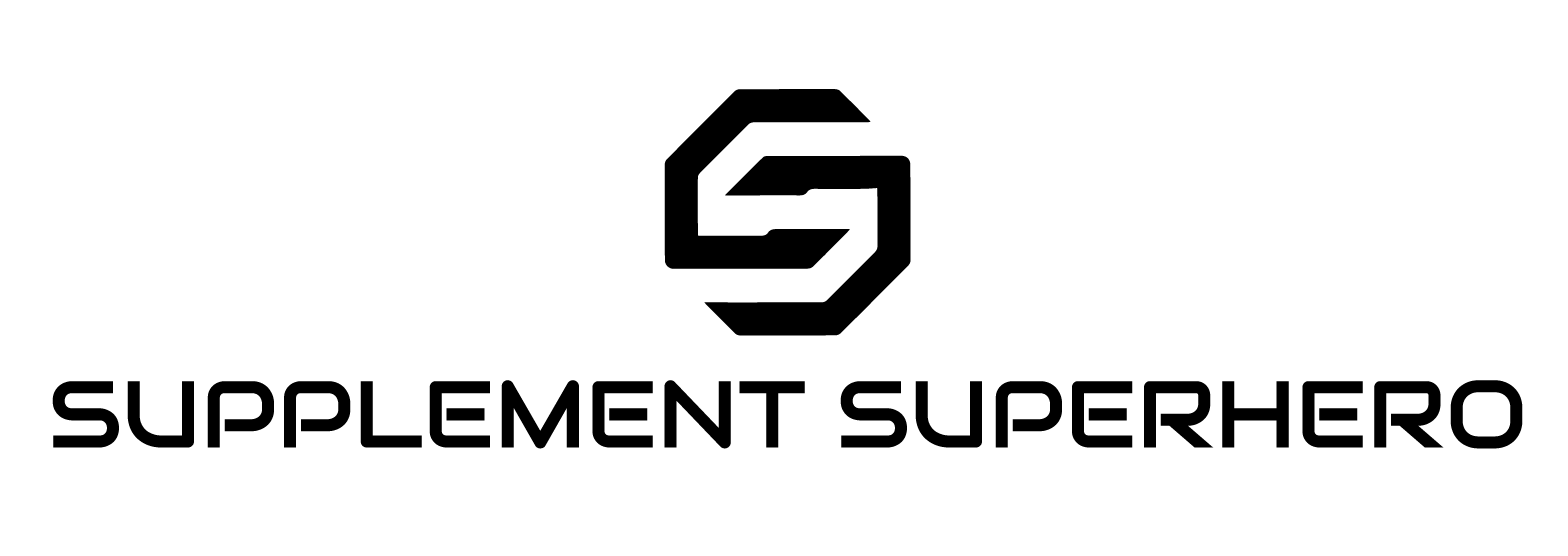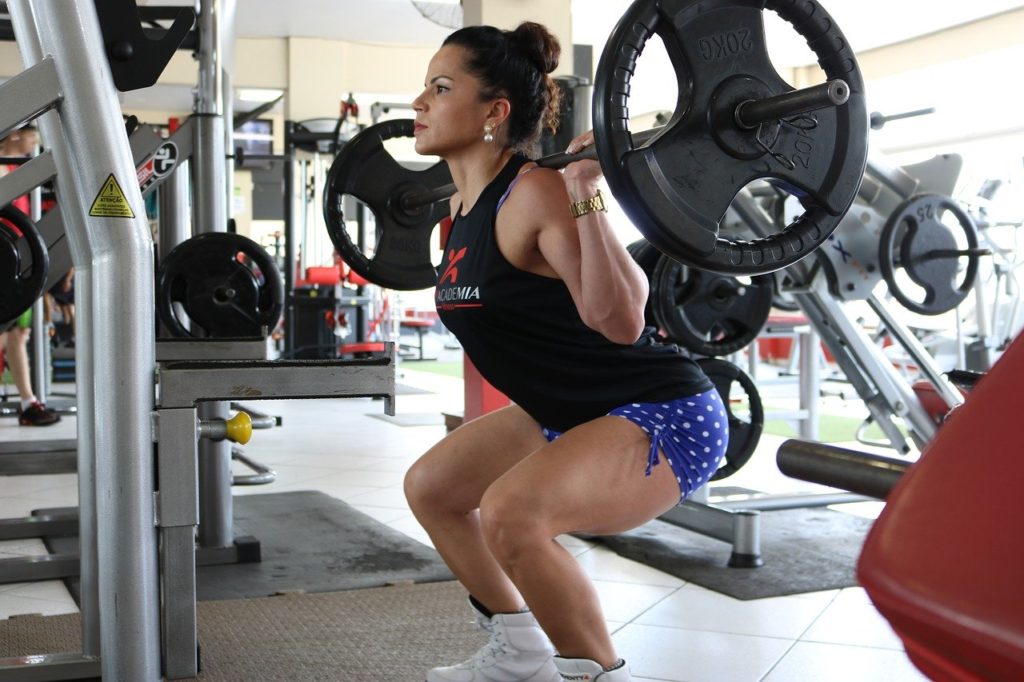
Table of Contents
Introduction
Have you ever seen Arnold Schwarzenegger’s (Retired American Actor) quads? People assumed he had stumps for legs, and trust, it isn’t too much of an exaggeration.
Well, you might not be a bodybuilder, but you may hate the idea of having chicken legs(a lot of us do). That’s why we’ve decided to put together your ultimate guide on how to get bigger quadriceps.
If you’re a bodybuilder, planning on becoming a bodybuilder, or simply want to look good, many say that it’s imperative that you work on your legs.
Having leg muscles improves your symmetry. And, if you plan on participating in competitions, just know that the judges will be delighted to see what you got on your lower body.
Anyways, let’s not get ahead of ourselves.
Quadriceps: Where are they located, and what’s their anatomy?
The quad muscles, also called quadriceps, are located above the knee and attach to the femur bone at the front of the thigh.
Quadriceps muscles are actually a group of four muscles and not just a muscle mass. The muscles are the large extensor muscles of the knee joint and form the largest part of the front thigh and cover almost all front, lateral, and medial sides of the femur.
The quadriceps femoris is a powerful muscle group that is essential for movements such as walking, running, jumping, and climbing.
They also help flex the thigh in the knee joint and stabilize the patella during movement.
The name “Quadriceps femoris” means “four-membered thigh muscle,” therefore, the group consists of four individual muscles- the rectus femoris, the vastus lateral, the vastus medialis and the vastus intermediate.
The muscle group is more popularly referred to as “quads,” as we all may know.
The rectus femoris is located in the midline. At the same time, the vastus lateralis makes up the largest part of the lateral thigh, the vastus medialis in the medial thigh, and the vastus intermedius lies deep in the rectal femur between the medialis and vastus laterali.
- Vastus medialis: This muscle is located in your thigh and ends near your kneecap under the name Vastus medialis obliqus (VMO).
- Vastus intermedius: This is the deepest of the quad muscles, which is just below the other three.
- Vastus lateralis: This quad muscle is located on the lateral or outer part of the thigh.
- The rectus formis is the superficial muscle on the top of your thigh between the laterals and vastus medialis.
All muscles of the quadriceps muscle group converge and form a common tendon, the quadriceps tendon, which becomes continuous with the patellar ligament.
______________________________________________________________________________
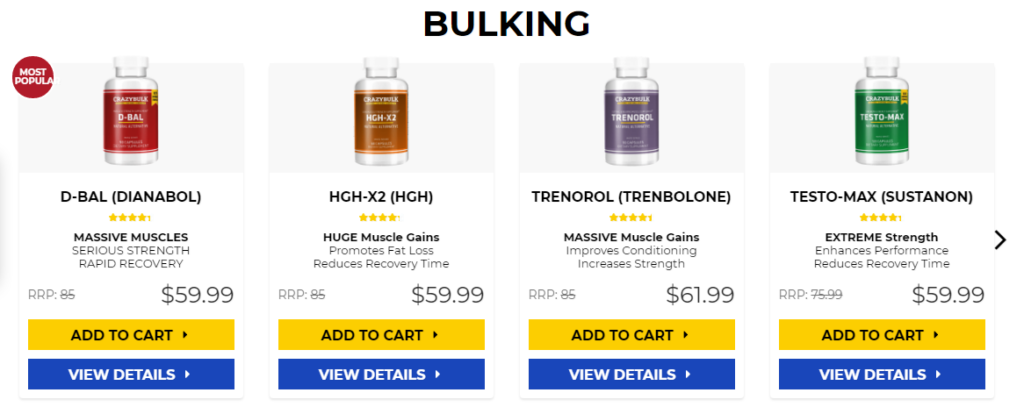
______________________________________________________________________________
What Do the Quadriceps Do?
If you sit in a chair several times and stretch your knee, you can see and feel the quadriceps on the front part of your thigh in action.
Whenever your quads contract, they straighten your leg at your knee joint. Since the quadriceps extend over the patella (kneecap), they also help to keep your kneecap in the correct position in a groove at the end of the femur.
One of your four quadriceps muscles (the rectus femoris) also crosses the hip joint and can assist in flexion, or bending up, your hip.
How To Get Bigger Quadriceps By Exercising “Without” Weights At Home
The exercises you do to develop your quads can be weighted, like when you use a machine, or free weights like dumbbells or barbells, or you can simply make use of your body weight.
Below we look at various ways of working those quads. It’s interesting to know that, in reality, most leg lifts, that require weights, are only advanced bodyweight exercises.
1. Squats
Stand up straight for this workout with your legs apart.
Then pretend sitting on an imaginary chair so that you descend to a point where your thighs are roughly parallel to the floor. Then get up.
This movement might be difficult for beginners. To lighten up the burden, you should, therefore, have an actual chair. Sit on it in a controlled motion and then stand up.
You might wonder where to keep your hands during this exercise. Well, you can have them straight out in front of you, next to you, or even up in the air. It doesn’t matter too much.
Note: Try to keep your torso as straight as possible, just like you’re squatting in front of a wall, and be careful not to hit your head on the wall.
2. Lunges
In the case of lunges, you stand with your feet at shoulder-width apart.
Then step a little more than your right leg crotch and go low until your left knee slightly touches the floor. Then return to the starting position. Repeat with the left leg.
During this workout, you can have your hands on your waist.
Note: Ensure not to lean forward. Stay upright as much as you can.
3. Step-ups for Quads
For this workout, you will need an aerobic step or a chair or other stable raised platform in front of you to get bigger quads.
Stand in front of the platform you’re using. Step on it with your left leg and pull yourself with the same leg so that you stand with this leg on the platform. Then come back to the starting point.
You can switch legs after each rep, or focus on one leg before changing.
Note: If you want a greater challenge, increase the height of the platform you’re using.
4. Mountain climbers
First, put yourself in the plank position as if you wanted to push up.
Then bring your left knee to your chest and back. Then your right knee and back. Repeat this movement as often as possible and at a comfortable speed, which should be as fast as possible.
______________________________________________________________________________
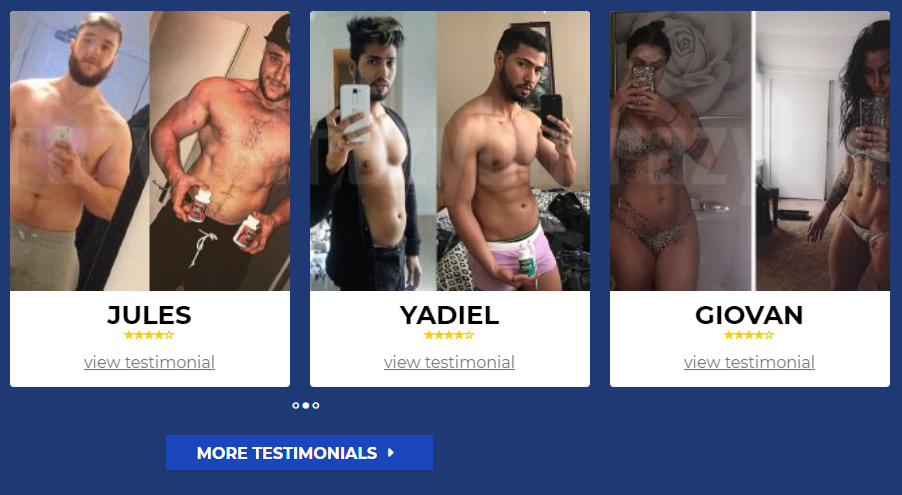
______________________________________________________________________________
How To Get Bigger Quads By Exercising “With” Weights At Home
1. Back squat with barbell
We have already talked about squatting. And once the bodyweight version is done, you may have noticed that you’ve done too many reps for it to feel challenging. Maybe 100, maybe even more, without resting.
Well, the good thing is that the squat challenge increases with a little weight.
To peform squats with a barbell, it is advisable to have a squat rack. You can also get a barbell pad to ensure that the weight rests comfortably on your back during training.
For safety reasons, also start with minimum weights in the beginning. This weight could be a bar without a plate. Then add weights to an optimal level after each set of squats.
Note: To ensure your safety, it is a good idea to have a training partner/spotter in case you lose your balance. You may also need to use a squat pad.
2. Lunges with barbell
This is similar to the body weight lunge. The only difference is you’ll be holding a barbell. The barbell can be held in front of your chest or over your shoulders, whichever your prefer.
3. Front squat with barbell
This workout is precisely the same as the back squat, except that you position the barbell in front of you on the front deltoid muscles.
4. Leg press
Many leg press machines will have instructions that you can follow. The motion, for the most part, is pretty self-explanatory and is even illustrated on many machines.
If you own a vertical leg press machine that pushes the weights upwards, always make sure not to lock your legs at the end of the push. In other words, don’t fully stretch your legs.
Be sure to follow the instructions very carefully, and employ safe practices at all times.
______________________________________________________________________________
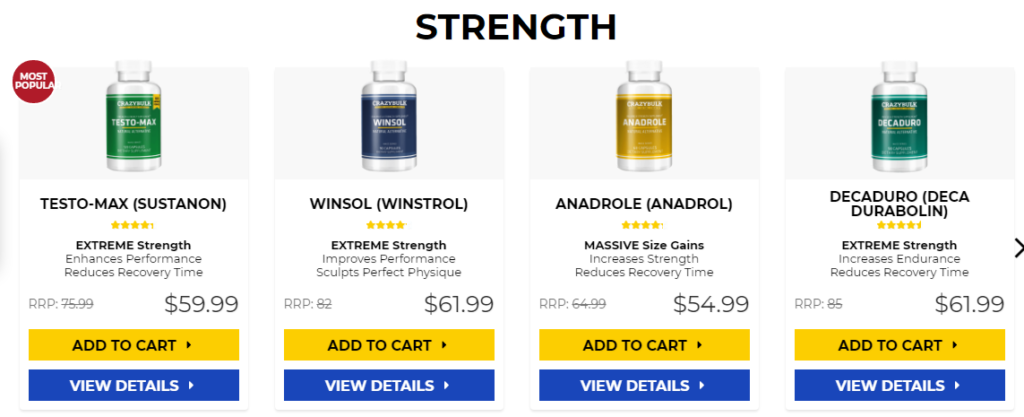
______________________________________________________________________________
How Often Should I Work Out To Get My Desired Results?
The key term here is “desired results.”
Some people, in reality, simply want more defined quads, so that you can see all the muscles in the group.
Another goal is to increase strength so that you can easily carry or push heavy loads effortlessly. A good example of a person who may possess such a goal is a rugby player, especially for people who get into scrums.
Some may have a goal of improving their endurance. One example of this would be a person who practices martial arts. The “horse stance” requires the use of quads, and these must be very strong to practice for a long time.
When asked how often you need to train to reach your goal, we can say that a general opinion is doing it twice a week. This is actually the recommendation from the American College of Sports.
To maximize results and obtain bigger quads even faster, then feel free to increase your workouts to three times per week. It’s also very important to ensure that your workouts are as effective as possible.
Diet Plan to Get Bigger Quadriceps
The importance of a tailored diet for getting bigger quadriceps cannot be overemphasized. Exercising is vital to improving the physique of your legs, but you there’s a good chance that you’ll still come up short if you’re not eating properly.
Either way, you should have at least a basic understanding of how to plan your diet.
So what you need to know is that your body needs fuel and building materials to function properly and build those quads faster.
The main things you need are proteins, carbohydrates and fats. It’s also important to get those macronutrients in proper amounts.
Proteins: This is the building material, and the appropriate amount to build muscle is approximately 1.5 g of protein per 1 kg of body weight or 0.7 g per 1 pound.
Carbohydrates: This is fuel for your body and will give you energy. For adequate growth, about 5 g of carbohydrates per 1 kg or about 2.3 g per 1 lb of body weight is needed.
Fats: Don’t avoid fats; they are responsible for many valuable processes in your body. Just make sure to limit the consumption of fats per day, as they’re quite high in calories.
It is important that you try to stay in the range of 1 g per 1 kg or 0.5 g per 1 pound of body weight when trying to gain muscle.
______________________________________________________________________________
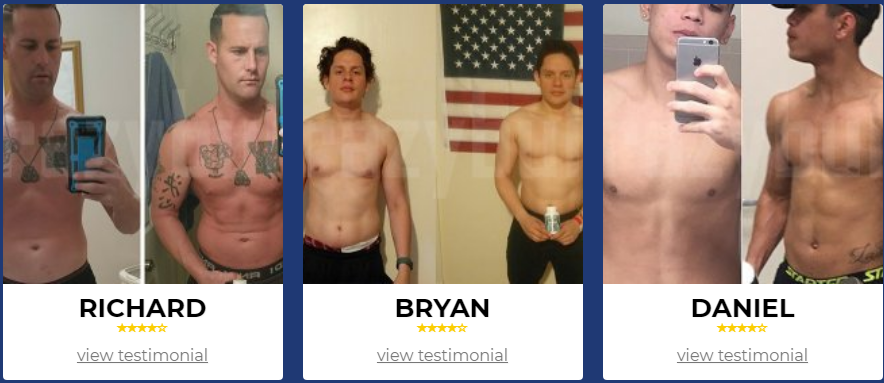
______________________________________________________________________________
Conclusion
There is certainly a large number of exercises, and variations of those exercise, that you can utilize to grow your quadriceps.
The ones listed throughout this article, however, are essentially a solid foundation to give you the results you need. As you progress, feel free to research variations of those workouts to figure out what’s most comfortable for you.
Also, remember that leg exercises are only half the battle. The other half of the equation is your diet! Be sure to eat plenty of protein, and balance that out with adequate amounts of carbohydrates, fats, and of course, a good night’s sleep!
Remember, NO PAIN, NO GAIN. And if you’re finding it easy, then don’t expect much growth.
______________________________________________________________________________

______________________________________________________________________________
